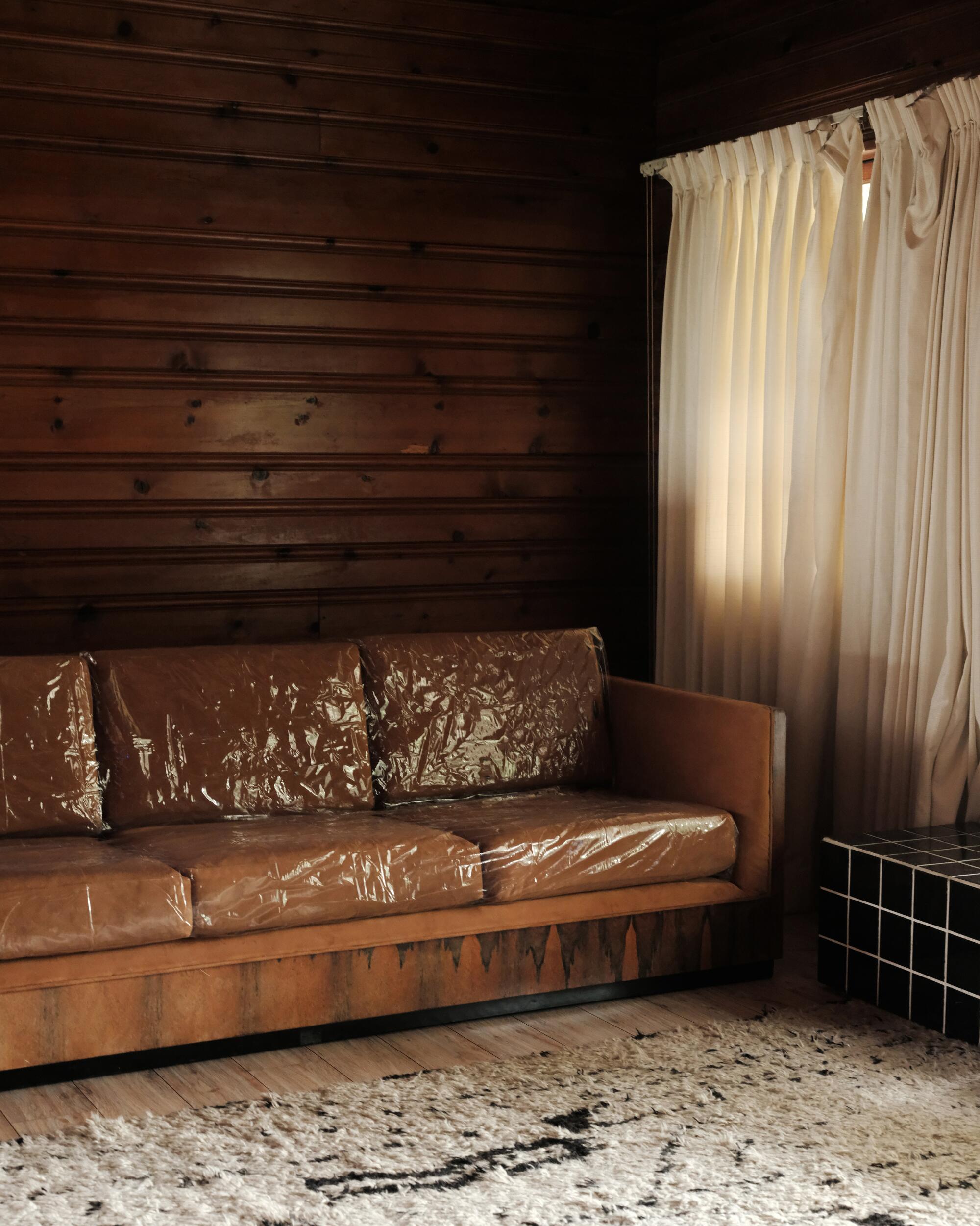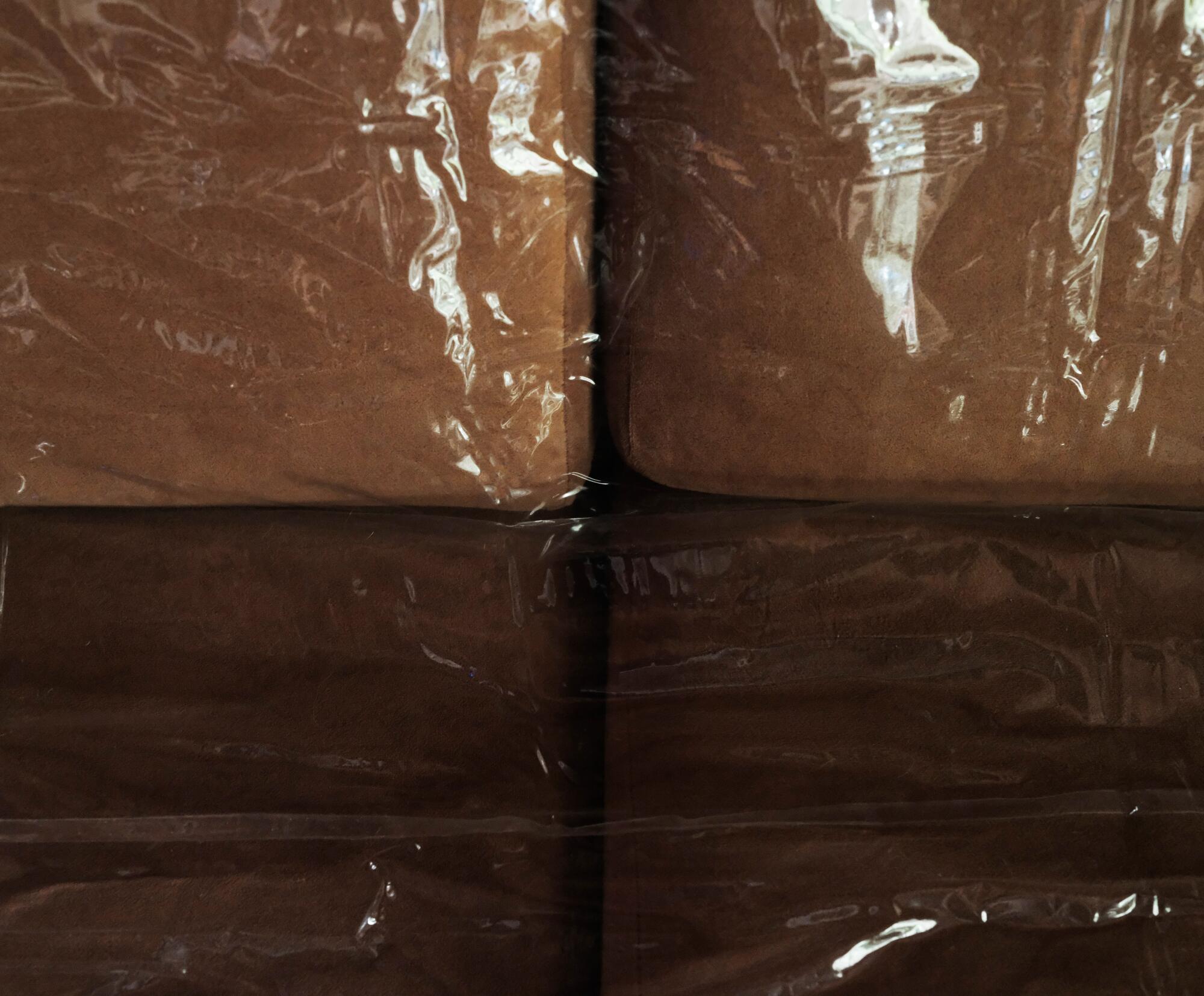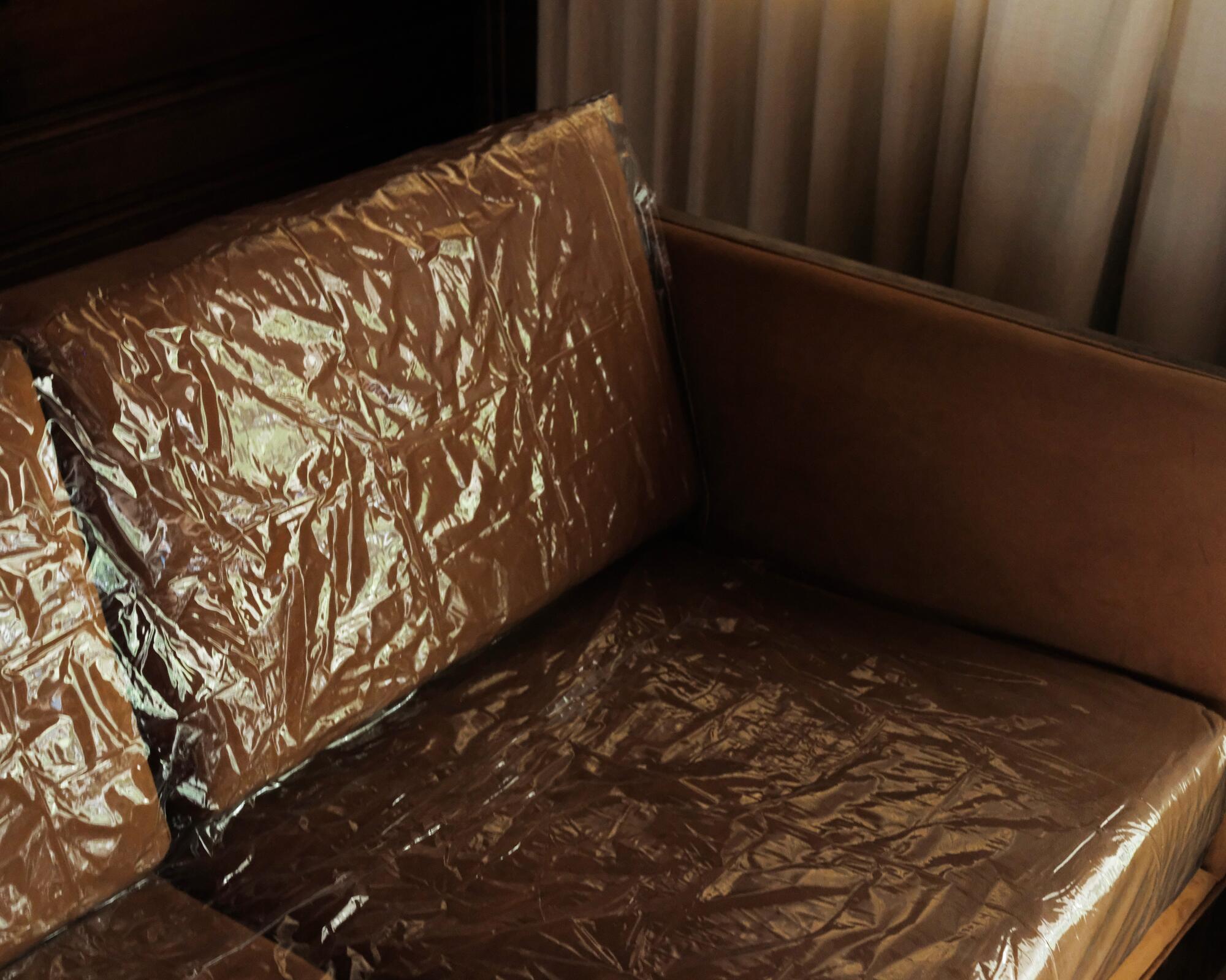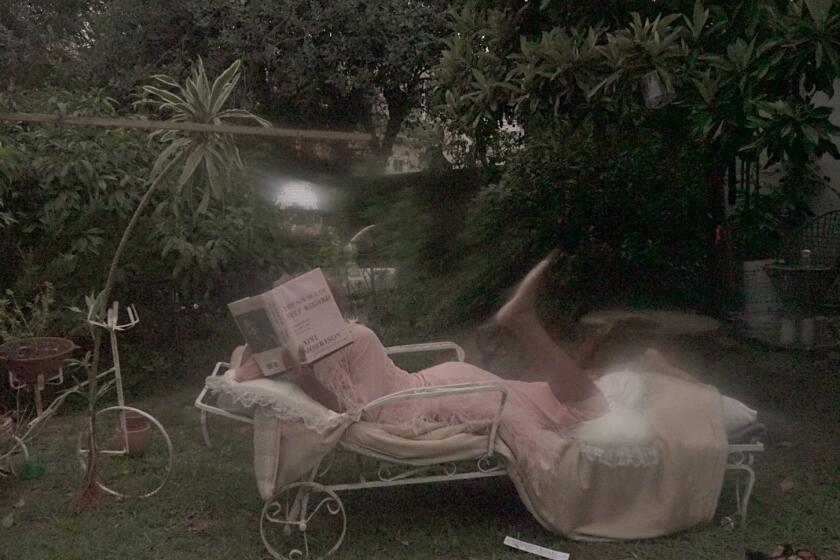- Share via

This story is part of Image issue 22, a meditation on the many definitions of the city’s favorite word: luxury. Read the whole issue here.
In a way, there was always the connection. I didn’t even realize how much of a cultural thing it is — the wider connection to Puerto Rican culture, Latin culture and Black culture. It’s so connected to who I am as a person.
My grandma had one. Both of my grandmas had one — my grandma on my mother’s side was Puerto Rican, and my grandma on my father’s side was American, Black and Indigenous. If you’re on a fixed income, if you’re an immigrant, you’re really focused on working but you want your home to look nice — you’re trying to preserve the things that you have, because you’ve worked so hard to get them.
We spend so much time inadvertently looking out — gauging traffic in our cars, vibe checking while walking through downtown — but the best place to take in the city is from above.
My grandma has had the same things since the ’70s, whereas I feel I go through cups and furniture so quickly — Ikea just breaks down. For so long her home was fixed in time because it was preserved, like the plastic couch covering. How do you have the same white couch for 40-plus years? It added this layer of comfort even though it’s generally an uncomfortable thing to sit on. At my grandmother’s house, I’d smell arroz con pollo in the kitchen and I’d be sweating on this plastic-covered couch but it’s what I think of when I think of home: Just being completely connected with the couch in a way where your skin is bonded to the plastic and having to peel off of it after running around outside and playing in fire hydrants. It bonds with you on a cellular level.


It also represented luxury because it looked so nice — her house always seemed like this fancy place because everything was so well preserved. Even though it was old, it was in its original condition, so mint. She took pride in her things; she wanted them to look good. She wants to host Christmas dinner every year and show off all her nice things, even though she can’t afford to get all new things or update her furniture a lot. These are things that she can take care of.
At this age, I understand Jody’s mom in “Baby Boy.” Luxury is sitting in the garden with a cigarette and just giving exhale.
At my other grandmother’s house or friends’ grandparents’ houses, there would be whole rooms of such well-preserved things and there’d be a plastic cover on a couch. I could only look at it sometimes, but I feel that drew me closer to it — like wanting to touch something that I wasn’t really allowed to. In my other grandmother’s house, there was a sitting room and I wanted to go in there and just sleep in there and read a book on the couch or just try to be in the space even when I wasn’t really supposed to. It just drew me closer to it.
I was thinking about my own home. The couches that I have now are the ones that I’ve had the longest. What if I was more protective of them? What if I invested more care, like my grandmother does, into preserving these items that I could potentially have for my entire life? What if, rather than photograph someone else’s plastic couch, I photographed my own?

I imagined my place as if my grandmother lived here (and not a party house, because I do end up having a lot of people over sometimes). And I was like, OK, let me strip it down. Let me make it how my grandmother would be comfortable living. I got rid of things, moved things around. I put up a portrait of my mother and my grandmother above the plastic-covered couch — or the best I could do to cover it in plastic — and made it look presentable. My grandmother’s plastic cover was never that wrinkly, but I have been in houses where they were pretty wrinkly, so it’s a little more lived-in, which is more my style.
MidcenturyLA is the kind of place made for manifesting.
There were many times where I was working with the plastic that I had and wished it was nicer or thicker and I could make it look really custom. There’s an aspect to it where the luxury shines through — you can see the stitching on the plastic and it’s perfectly hitting corners. Those things always stuck out to me. That’s craftsmanship. I think it was also making me home in on anything that was wrong with the couches, like there’s a scratch I never really saw before, and some tearing. I don’t look closely at the things that I have and see the wear and tear, and I think part of luxury is not ever having to because it’s going to last and always look good. I think the luxury shines through in how the plastic cover perfectly fits like a glove. Everything is pristine underneath.

Alima Lee is a transdisciplinary artist from NYC. They are a Bard MFA Film & Video candidate. Working in an uninhibited range of mediums from video installation and performance to printmaking and sculpture, Lee is on an ever-constant freefall from structure.










